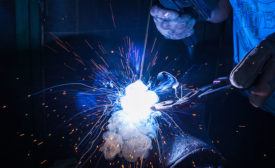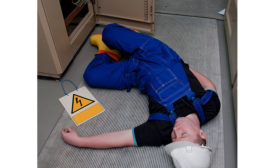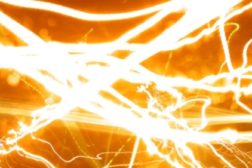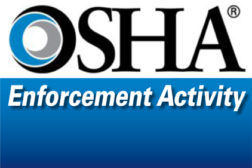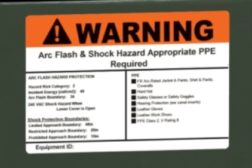Home » Keywords: » arc flash injuries
Items Tagged with 'arc flash injuries'
ARTICLES
A study of electrical injuries and fatalities on the job
Electrical injuries: facts & myths
May 10, 2019
Fast first aid treatment depends on knowing injury cause, severity
Cooling the burn
April 22, 2019
OSHA issues willful citations for lack of arc flash protections
OSHA cites Mass. Contractor for violations following arc blast
June 5, 2014
Become a Leader in Safety Culture
Build your knowledge with ISHN, covering key safety, health and industrial hygiene news, products, and trends.
JOIN TODAYCopyright ©2024. All Rights Reserved BNP Media.
Design, CMS, Hosting & Web Development :: ePublishing
